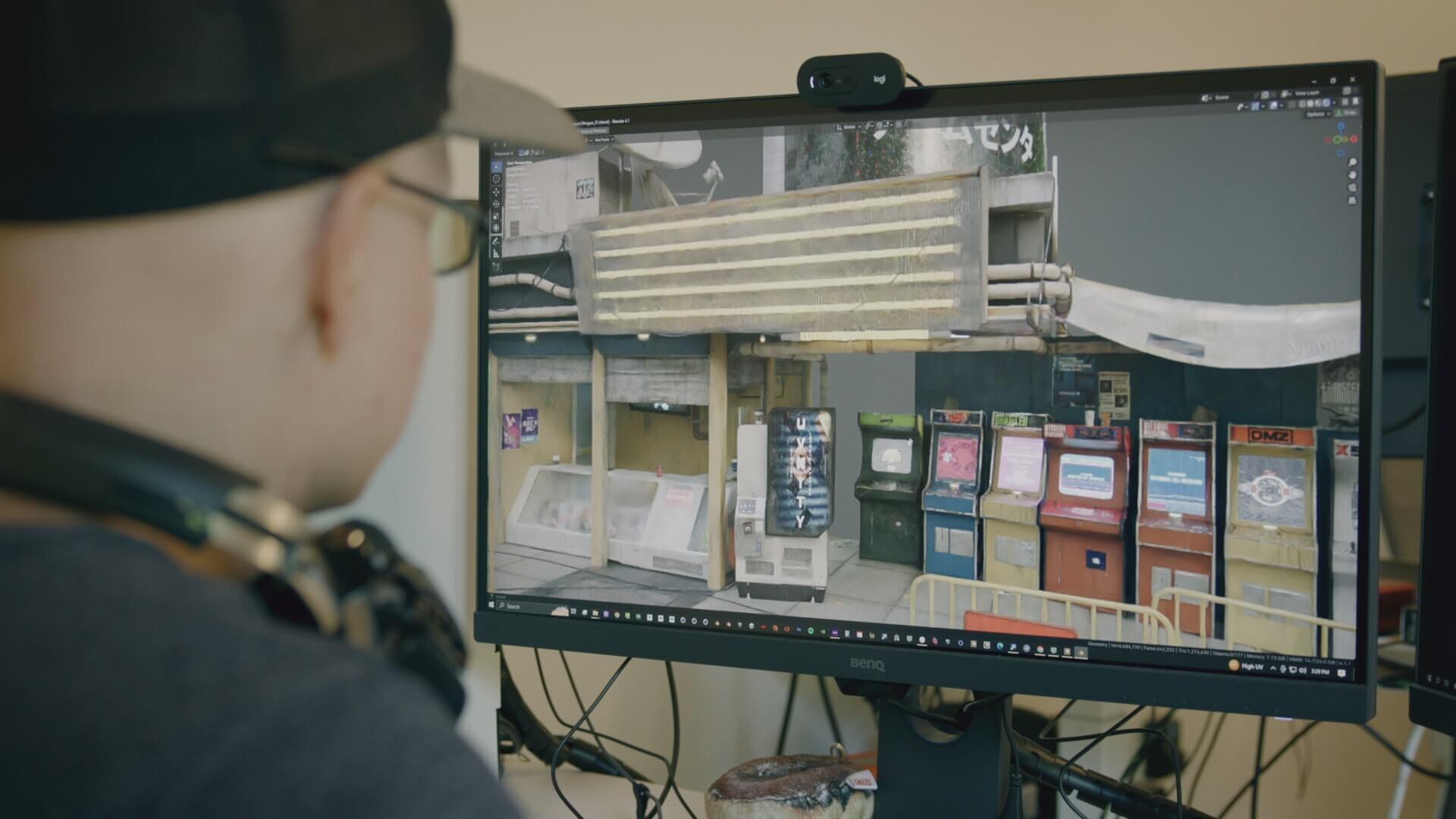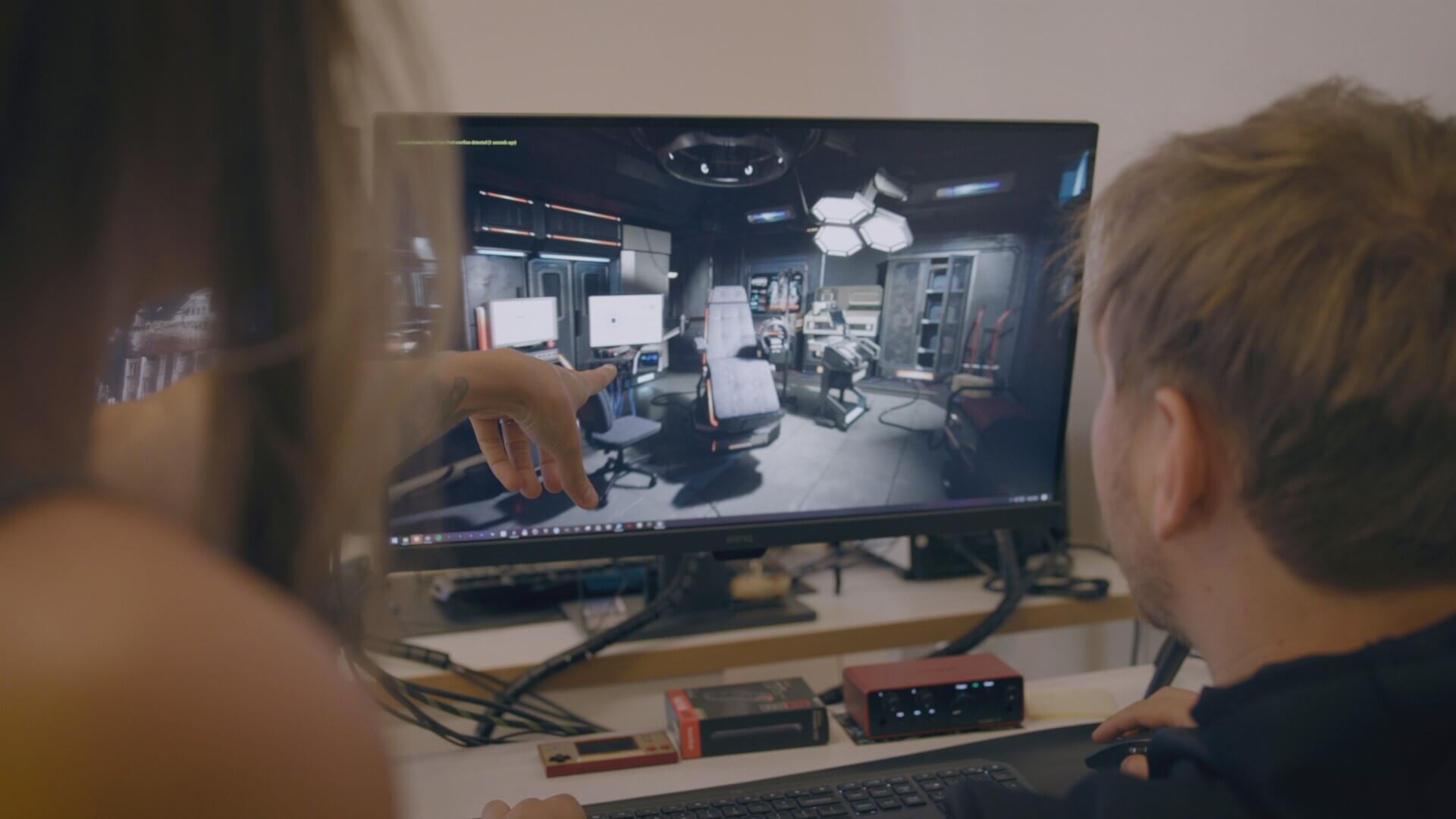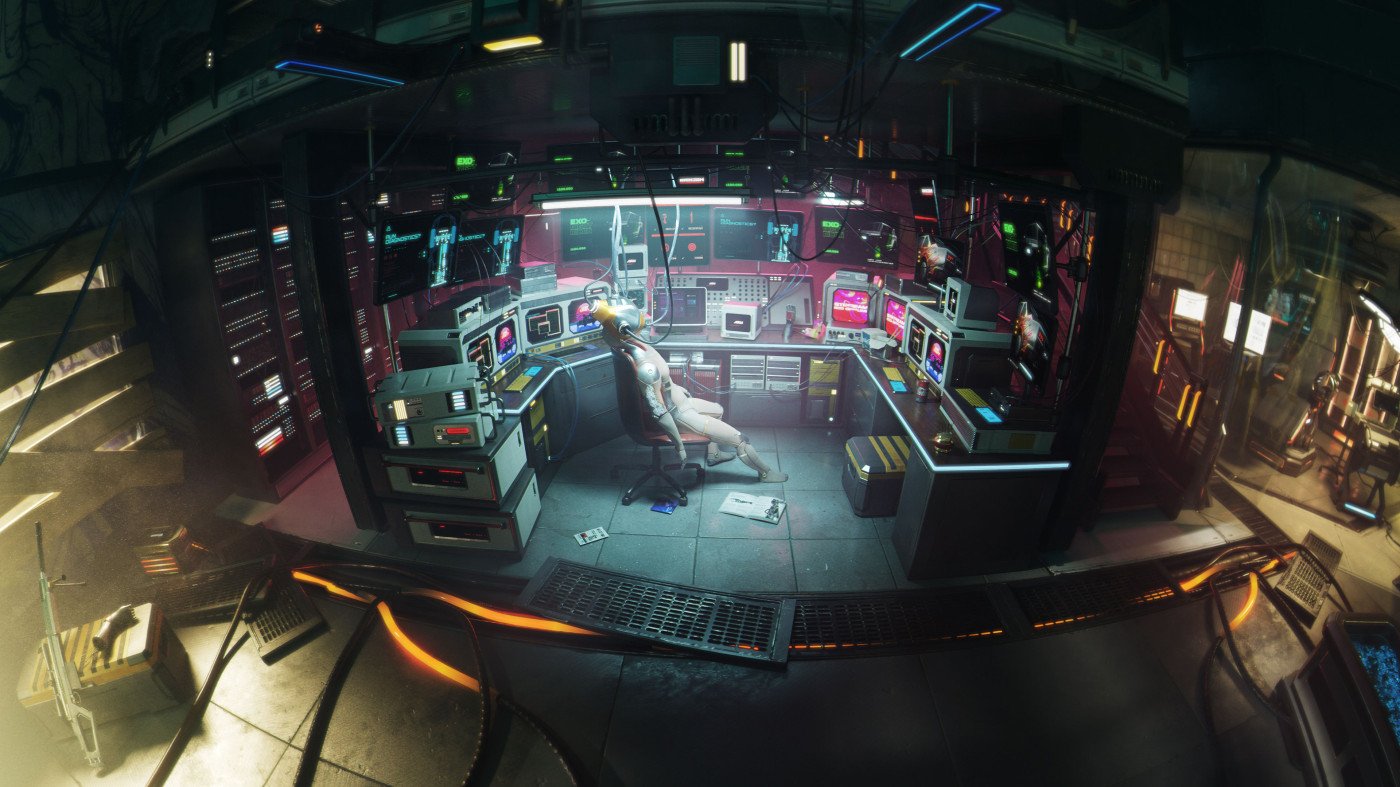My name is Mike Reese and I am the VP of Kits at KitBash3D. At KitBash, I manage the department strategy and the development of Kits. I have a degree in Game Art and Design and have managed and developed production artists for over 14 years.
Over that time, I have created strategies and philosophies for developing strong and efficient teams and wanted to pass along the knowledge in this two-part article. I hope you find it useful in your journey to becoming a more efficient artist!
Production Artist Role
Being a production artist is a difficult job, no matter the industry. There are tight deadlines, a lot of assets to create, and an entire pipeline of artists to consider. To get the job done on time, on budget, and with the quality that the project requires, being as efficient as possible is essential. If you look at any industry, the people who are the most efficient tend to be the ones who are the most reliable, last the longest, are good at avoiding burnout, and are the most flexible when it comes to snatching up unique and interesting projects when they come up. Learning to be efficient is an extremely important and valuable skill and there are a lot of techniques and methods to become an efficient artist. In this article, I'll discuss what being an efficient artist means and how to become one. I will also discuss times when it makes sense to be inefficient, and how that can help you learn new skills, dive into unknown areas, and push yourself further. Let’s dive in!
What Does it Mean to Be Efficient?
So what does it mean to be an efficient artist? Being efficient as I have described it to the people on my team looks like this; Quality + Speed = Efficiency. In other words, producing the work at a high quality in the shortest time makes you an efficient artist. There is a lot that goes into both quality and speed so let’s unpack those two words a bit more.
Quality is the bar that has been set for every asset on a project that needs to be met for the product to ship. The height of this bar can vary depending on the desired outcome but most projects want the highest quality that can be achieved in the given amount of time.
Speed is simply the amount of time it takes to complete a given task. Becoming faster at completing those tasks at the desired quality bar is what we will dive into shortly.
One of the other major aspects of being efficient in a production environment is teamwork. Production artists do not typically work in a vacuum and so their work must contribute positively to the pipeline. In other words, you are not only efficient because you get your tasks done on time and to quality standards, but your work also does not impede the work of others but better yet, helps others to become efficient.
Start with Quality
Now that we have broken down the efficiency equation into each part, let’s discuss where to start on the journey to becoming a more efficient artist. Over the years, I have noticed that beginning artists fall into two main buckets; ones that have high quality but are slow, and ones that get their tasks done quickly but have a lot of revisions, i.e. a “fast first” mentality. Out of these two categories, the most successful artists start from a place of quality over speed. It is far easier to find ways to be faster, knowing how to hit the quality level rather than trying to slow someone down and teach them why a piece is not hitting the mark. I would rather have someone get to the finish line slower and not backtrack as it takes far longer to go back and forth and repeat processes, losing valuable time.
With that being said, let’s break down some ways to ensure that the quality of the project is being met as quickly as possible.
Understanding and Internalizing Quality Standards
First, when starting any project, understanding the bar that needs to be hit is critical. We can do that in several ways, including:
✓ Reading through all the required documentation such as an art bible and pipeline documentation
✓ Looking at examples from completed assets or of similar assets with an equivalent style and art direction
✓ Asking questions of the lead/senior artist/manager of the project, what makes for a successful asset, and the pitfalls and challenges that have come before
✓ Developing your own mood board and asset checklist
✓ Identifying your own ‘North Star’ asset that once completed and approved, will help guide you through the rest of the project. This will enable you to always compare your work to it and maintain that level of quality.
Never skip these steps. Making these a part of your internal pipeline will save you tons of time and give you a solid foundation for any project.
Getting Faster By Making Better Decisions
Now that you have hit the quality bar, how do you get there faster? First, I want to get a misconception out of the way. Increasing your speed is NOT how fast you can click or physically move your body. We should not be measuring APM (actions per minute) when thinking about speed. Here is a saying that has helped me describe this process. “Slow is Smooth, Smooth is Fast.” In other words, going slow and avoiding mistakes makes the process smooth. A smooth process is a fast process.
In our case, creating a smooth process is about decision-making, i.e. how to make the correct decisions to get to the desired result in the shortest amount of time.
If you are like me, you like watching other artists' work. It’s fun to see others’ creativity and dissect how they do what they do. One of my favorites to watch is Karl Kopinksi. The amount of incredible work that he puts out is astonishing. It can feel like magic because he rarely creates an underlying sketch or foundation for his illustrations. It looks like he starts a sketch and within minutes, he has a final illustration. This is because he has internalized so much of the process that he can see the framework, and the structure, and simply puts down the lines he wants.
The same can be said for many of the top people in their field. They are the best because they cut through the clutter and make the correct decisions ensuring that they are efficient. This allows them to do more of what they love because they remove unnecessary time from their process.
So how do we make as few actions as possible? Two words. Practice and repetition.
Practice and Repetition
This may seem obvious but for you to get faster, you need to deliberately practice the type of work you will be doing on a day-to-day basis. This practice trains your intuition allowing you to take the correct action more instinctively because you have taught yourself to do so. If you want to get to step Z, you need to go from steps A to Y, over and over again. This will help you internalize the process and over time, visualize the correct result so that you can begin to remove the unneeded actions to get you there.
For example, if you are a character modeler, knowing the correct number of edge loops for the ears, nose, eyes, and mouth and exactly where to place them so that it has proper deformations can greatly increase your efficiency when you need to retopologize your character. This can only be achieved by going through the process of retopologizing characters over and over again. The added benefit of this is that when better tools are developed that speed up that process, you know what is going to work and what is not so you can spend your time quickly getting to what works, rather than wasting your time with what doesn’t.
Stay tuned for Part 2 of this article as we discuss:
✓ Removing technical barriers
✓ Why communication is so important to being an efficient production artist
✓ How to help others be more efficient
✓ Tools for managing your time, and;
✓ When to be strategically inefficient and how it helps you to grow as an artist in new and exciting ways
See you soon!
Want to chat with Mike? Connect on Linkedin!




